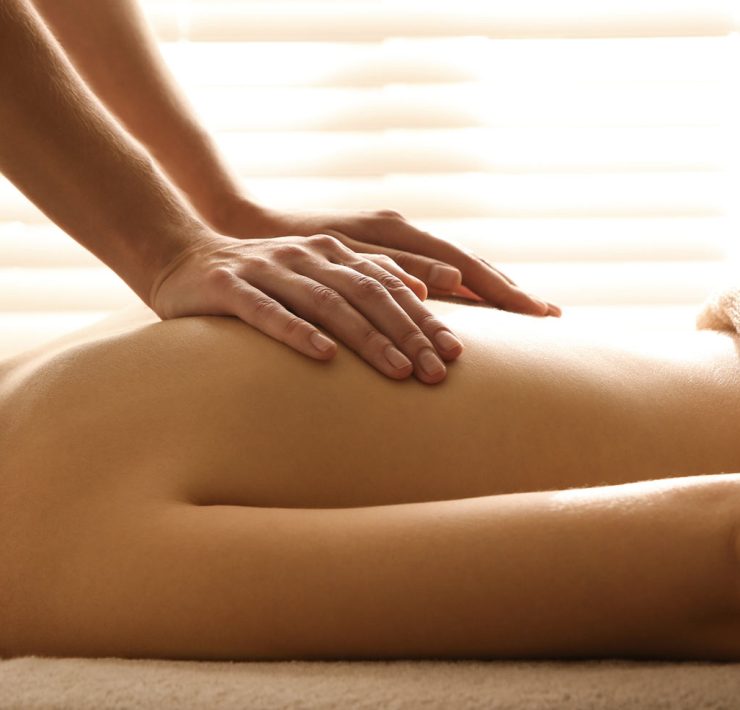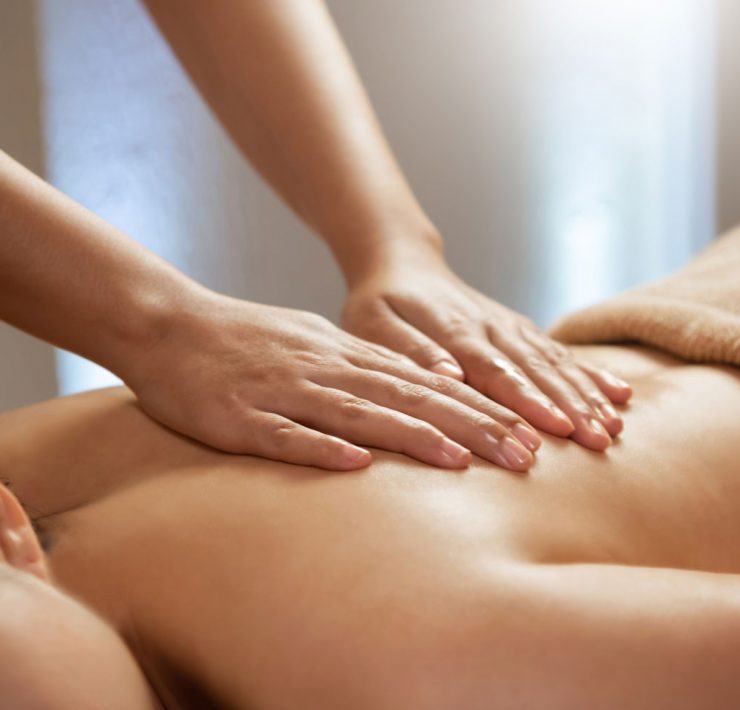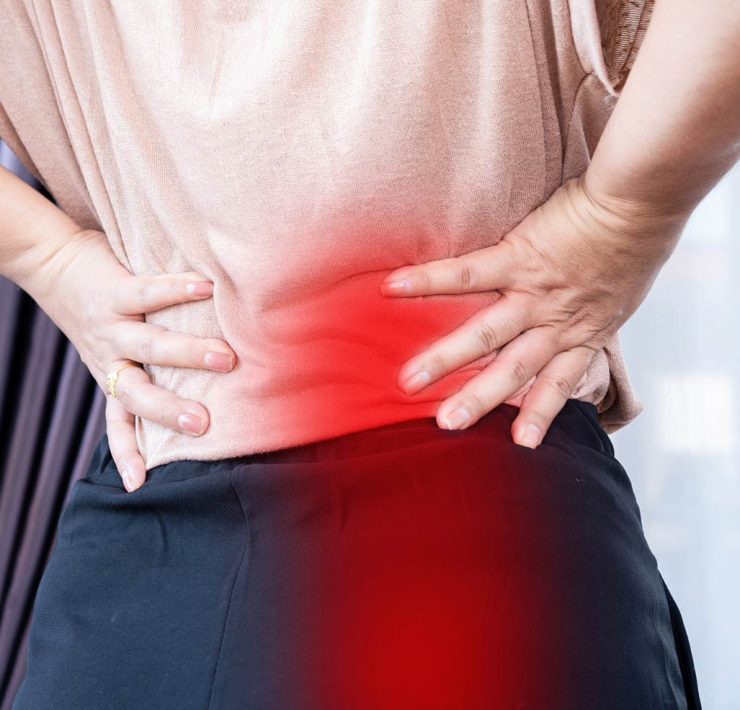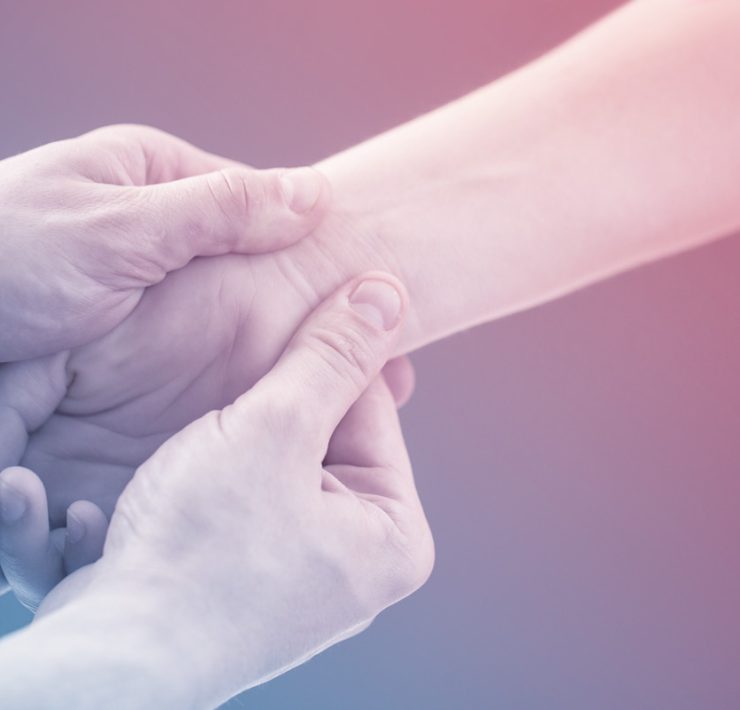Dealing with another agonizing arthritis flare is the last thing you needed today. Aside from the pain, everything you do takes twice as long when your hands, wrists, knees, and other joints are staging a revolt. When you struggle with unrelenting inflammation on a daily basis, it’s difficult to know where to turn for help. Anti-inflammatories? Diet? Exercise? Lifestyle changes? The answer to that question is likely “all of the above,” but there may be a top choice for arthritis relief that you haven’t yet considered: professional therapeutic massage.
A highly trained massage therapist knows the right methods to use to get pain relief and reduce joint stiffness quickly for those with arthritis. First, let’s talk about how arthritis impacts the body, and then we’ll dig into the best way to treat arthritis with massage.
What is arthritis?
The joints of your body are places where two or more bones articulate with one another to enable greater range of motion. When you have arthritis, you’re experiencing inflammation within the joints of your body. Arthritis is a widespread disease, affecting about 54 million adults and 300,000 children and babies in the U.S. alone.
Many things can put you at risk for developing arthritis, including obesity, injuries, and genetics. We don’t understand exactly what drives the process, but scientists do know that the joints that we use the most often are typically the most affected, including the hands, feet, knees, and back.
There are over 100 types of arthritis and related inflammatory conditions. Arthritis treatment varies depending on the type of arthritis and the severity of symptoms. The most common ones can be broken down into two broad groups: overuse arthritis and autoimmune arthritis.
Overuse arthritis
The most common type of arthritis, overuse arthritis, is most common in the elderly. Because they’ve lived longer, they’ve used their joints for longer, leading to eventual joint damage. Obese individuals may also get this type of arthritis because of the increased weight bearing on their joints. Osteoarthritis is the poster child for overuse arthritis.
This is caused by rubbing away of the cartilage and general wear and tear on the joint structures. A dancer might get this in his or her knees, a tennis player might get this in his or her wrist. Osteoarthritis responds well to massage therapy.
Autoimmune arthritis
Immune system disorders lead to abnormally low activity or over activity of the immune system. Autoimmune disease is when the immune system is overly active, and the body attacks and damages its own healthy tissues. Some well-known examples of autoimmune diseases are Lupus, Celiac, Crohn’s disease, and Rheumatoid Arthritis. Rheumatoid Arthritis (RA) is an incurable autoimmune condition that is diagnosed by testing for rheumatoid factor in the blood.
There are a few other autoimmune types of arthritis including ankylosing spondyloarthritis, but RA is the most common one in this category. Most RA patients use medication to manage their condition, but complementary treatments including massage can also ease RA pain and improve mobility.
How Massage Helps Relieve Arthritis Symptoms
Studies show that deep tissue massage can help alleviate many painful conditions, including pain associated with osteoarthritis, neck and low back pain. But why exactly does massage work so well for easing arthritis pain?
According to Susan Bernstein, the former Vice President of the Arthritis Foundation, massage can reduce arthritis pain and symptoms by improving underlying conditions like sleeplessness and stress. Bernstein notes that “…massage can lower the body’s production of the stress hormone cortisol, and boost production of serotonin, which, in turn, can improve mood. Additionally, massage can lower production of the neurotransmitter substance P, often linked to pain, and improve sleep as a result.” So for example, a restful sleep as a result of a massage may decrease arthritis pain the following day.
When a person with arthritis has a flare, particularly if most of the pain at that time is in the muscles and tendons rather than directly in the joints, then massage can help. Rather than taking more anti-inflammatory medication, massage may be able to relieve some of the pain by receiving focused massage on the muscles that are compromised due to the constant pain.
For those with arthritis, it makes sense to go beyond just relaxation by requesting targeted massage on the muscles surrounding their most problematic joints. Focusing work on the hands, wrists, and other affected joints can ease the pain, increase flexibility, and increase grip strength, according to research.
Studies show that for arthritis sufferers, massage can also help increase their independence by allowing them to return to normal daily activities following regular massage. This translates to reduced depression and anxiety related to their chronic pain.
You should always do things that make your arthritis symptoms feel better, not worse. So once you find a massage therapist whose approach relieves your pain, stick with it to see continued results.
Be sure to look into using your HSA to pay for your massage sessions, as long as arthritis is a qualifying medical condition under your HSA guidelines.
Other Tricks To Reduce Arthritis Pain
Eating an anti-inflammatory diet isn’t just the latest healthy lifestyle trend. It’s actually a nutrition method practiced by some of the oldest holistic healing systems in the world, and it could be a helpful tool for your arthritis management.
Consistent movement practice is another proven natural therapy for arthritis. In one review of research on arthritis patients from around the globe, the majority of participants reported an improvement in pain after beginning a regular yoga practice. Interestingly, yoga can also decrease joint stiffness, so the more you move those difficult-to-move joints, the easier the movement becomes.
Image credit: Sarah Dorweiler
Margo Carroll is a marketing strategist and email funnel copywriter for online business owners. She has worked with many massage therapists and has been featured in Massage magazine, the Massage Business Blueprint and MindBodyGreen. Learn more about Margo at margocaroll.com and on LinkedIn.







